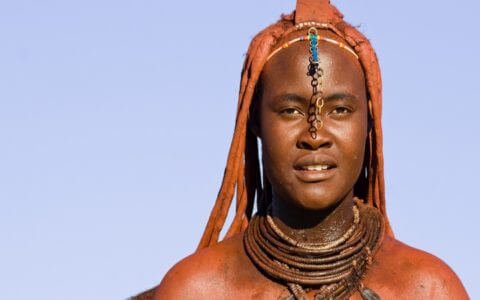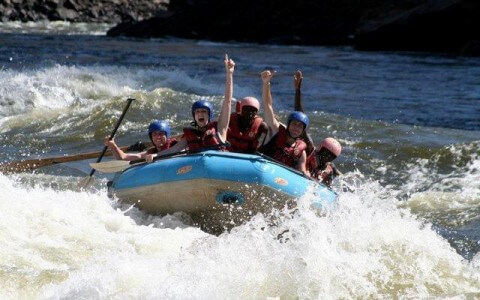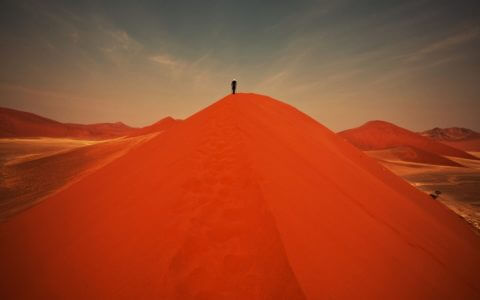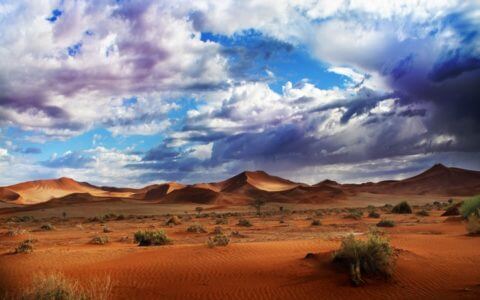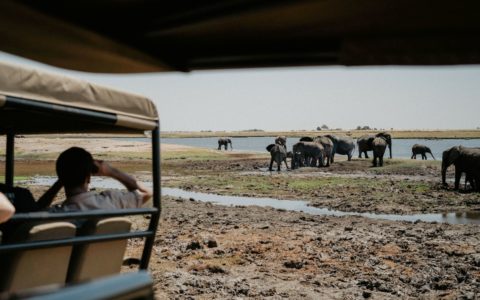Etosha National Park Tours
Etosha, which means ‘place of dry water’, is in northern Namibia and is one of the country’s most famous national parks. It was established in 1907 and is 22 750km² making it the biggest wildlife sanctuary in Namibia.
The park is dominated by a desert salt pan which is mostly very dry, yet occasionally fills with water for brief periods in the summer attracting various bird and wildlife species. In the dry winter months, the pan cracks into geometric puzzle pieces. A highlight is when the flamingos flock to the pan’s edge thereby creating a pink hue usually only seen in picture books.
The Park is free of malaria and contains a large variety of accommodation as well as restaurants, viewing platforms, stores and petrol stations. There are also a couple of luxury camps to reside in for those less suited to the bush.
There are three very comfortable rest camps in the park, namely Okaukuejo, Halali and Namutoni. Each offering both chalet and camping accommodation facilities and also include a flood-lit waterhole for 24 hour game viewing. Okaukuejo draws in rhino and elephant while Halali attracts leopard. Namutoni however has fewer big game sighting, yet it has awe-inspiring views over the Etosha Pan and its abundant bird life.
Game viewing is best during the drier months of June to November as this is when permanent waterholes (such as the waterholes at each camp) become the main attraction for thirsty game.
Etosha National Park Tours by length
Etosha National Park Tours by style
Highlights on Etosha National Park Tours
* Safari game drives
* Game drives viewing zebra, springbok, black rhinoceros, lion, elephant, antelope and flamingos
* Flood-lit waterholes for night-time game viewing
* Nature Reserves
Wildlife
The reserve hosts exquisite wildlife, with zebra and springbok peppered across the horizon. Etosha’s various waterholes draw in animals such as the threatened black rhino, lion, elephant and huge concentrations of antelope. There are 114 species of mammal, 340 species of bird, 110 species of reptile, 16 amphibious species while astonishingly, just one species of fish.
Wildlife spotting in Etosha National Park in Winter is ridiculously easy. In the dry months, water sources have dried up leaving animals no choice but to drink at waterholes. Every waterhole offers up an eventful experience but even the drives in between waterholes have exciting sightings. These might include a leopard napping in the crook of a small tree a metre away from the road in the middle of the day!
Namibia Cultural Highlights
For thousands of years this region was inhabited by the Hai||Om (bushmen). Their complex society, consisting of hunters and gatherers, acquired a wealth of knowledge regarding the local biodiversity. They learned which plants to use for medicine along with various patterns of animal behaviour. Though the tribes were evicted from the area in the 1950s, their cultural identity is still evident in the region.
Namibia Highlights
There are many highlights to enjoy in Namibia. The mighty Fish River Canyon is the second largest canyon in the world, leaving you breathless as you take in all its glory. On the Skeleton Coast you can visit the many shipwrecks that scatter the shores and have given this eerie place its nickname of ‘the land God made in anger’. The Namib-Naukluft National Park is bordered by the Namib Desert in the west and the Kalahari Desert in the east. The reserve’s dry southern location provides every visitor with exquisite views. Sossusvlei is a salt and clay pan amid towering red dunes in the southern part of the Namib desert. The Spitzkoppe is very popular with rock climbers all over the world due to their granite peaks, with the highest outcrop being 1784 meters above the desert floor.
Tips for Etosha Safaris on a budget
Etosha National Park is perfect for a budget traveler as it offers a range of camping options both inside and near the park’s gates.
Three camps inside the park include Halali, Namutoni and Okaukeujo. All of which offer chalets and bungalows while the campsites are much cheaper. These large campsites have good facilities such as swimming pools, food shops and restaurants. Namutoni is near the eastern Von Lindequist gate and Okaukeujo is near the southern Andersson gate, while Halali sits between them. Their positioning enables you to explore the entire park starting at either end and working your way from one side to the other.
While you ideally want to stay inside the park there are cheaper accommodation options outside Etosha’s gates. Etosha Safari Camp is outside the Andersson gate in the south and has a funky African-style shebeen bar. Alternatively Onguma Safari Camp is outside the Von Lindequist gate in the east and is a small fenced camp on a wildlife-rich private reserve.
You can easily drive yourself around the park at your own pace. Simply fly into Windhoek and hire a car along with camping equipment. The drive from the airport to the park is around six hours. However a cheaper and easier option is a budget overland tour to Etosha National Park. We offer a range of budget overlanding safaris to Etosha National Park and these are from three days up to two months long. The longer trips also include the chance to see other regions in southern Africa thereby combining Etosha National Park Tours with other African highlights. Park entrance fees, accommodation, meals and a guide are included in the tour prices making this option ideal for budget-friendly travel in Africa.
When is the best time to visit Etosha National Park
The winter months of May to October are ideal as this is when there is no rain. Dry Season is also the best time to spot lions, elephant, rhino and other animals because they all have to come to the waterholes to drink. Temperatures are also pleasant at this time of year with warm days and cool nights. In the summer months of November to April temperatures soar and the vegetation is lush and green which makes it slightly more challenging to spot animals.
Namibia Tours
Namibia Tours by Game Reserves



